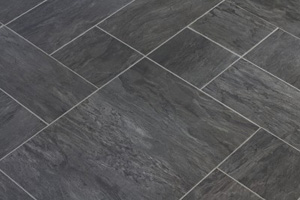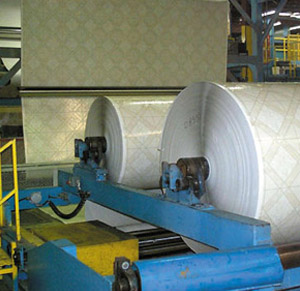Vinyl | How It's Made
While home consists of what’s under your roof, such as family, friends and furnishings, don’t forget what’s under your feet. Floor coverings also have a huge influence on your home and home life. In this section we explain how vinyl is made. This information can be very advantageous because it enables you to understand the product’s materials and evaluate its performance aspects: why certain vinyl floors wear better and longer.
Rotogravure Construction:
- most commonly used method for making residential vinyl floors
- offers unlimited possibilities in pattern and design
- process involves a print cylinder that spins around while the vinyl's core layer (called the gel coat) passes underneath
- cylinder systematically prints various colored ink dyes to create the pattern
- after the print dyes are set a clear wearlayer is applied to the surface
- appearance retention depends on the durability of the wearlayer
Wearlayer:
- absolutely critical to the performance of your vinyl floor
- thickness varies with each product collection
- generally measured in mils
- thickness of a mil is about the same as a page in a phone book
- more expensive vinyl floors have thicker wearlayers
Performance characteristics:
- easy to clean
- stays looking like new
- resists staining from normal household products
- doesn't show scratches easily
- easy to clean up spills
- when a floor begins to look old, it is caused by hundreds of fine hairline scratches in the wearlayer


